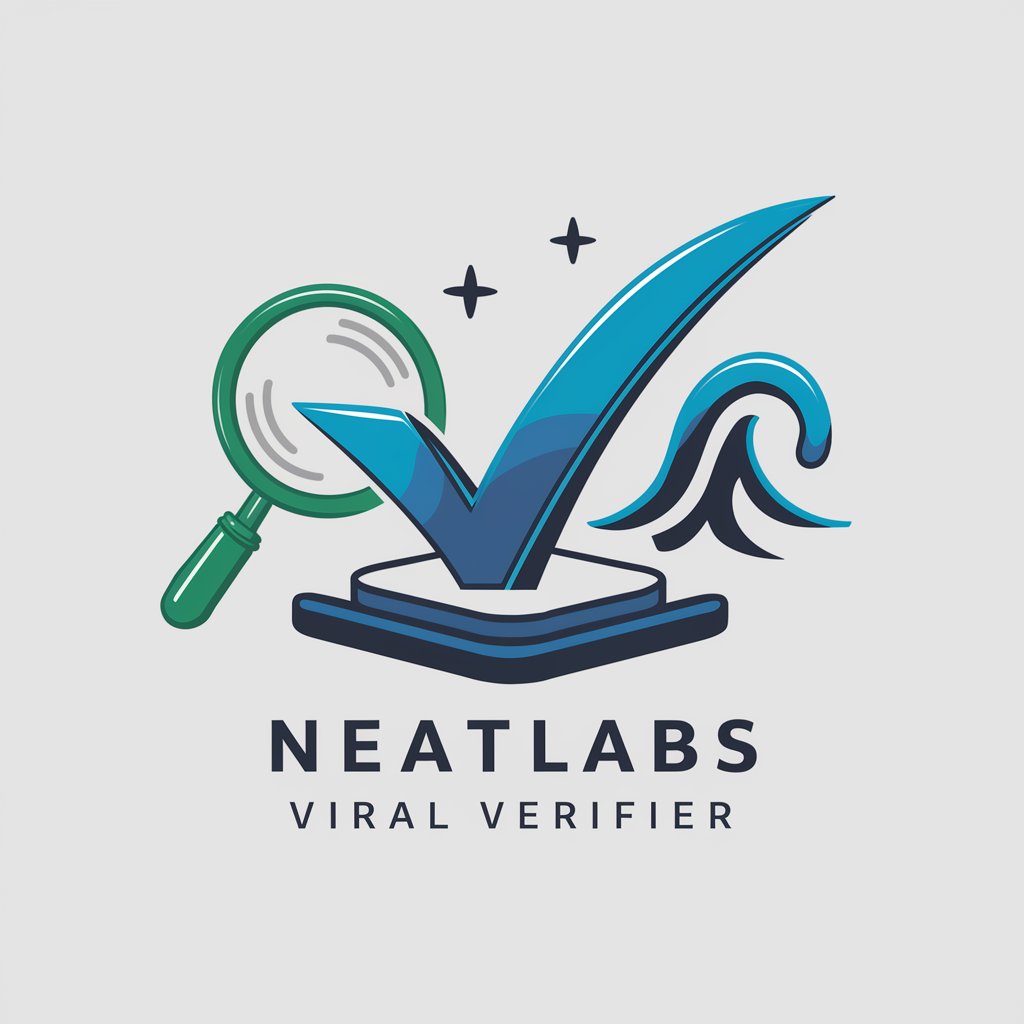hangman - word-guessing educational game
Play hangman
AI-powered Hangman: Test Your Vocabulary
Begin
Get Embed Code
Understanding Hangman
Hangman is a word-guessing game that has been a popular form of entertainment for decades, often used as a tool for teaching language, vocabulary, and spelling. In its simplest form, a player attempts to guess a hidden word, letter by letter, within a limited number of attempts. Each incorrect guess brings the player closer to 'hanging' a stick figure, symbolizing failure. In digital environments, like the one here, Hangman is designed to provide an interactive gaming experience where players try to figure out a secret word. The game is primarily used for entertainment but also serves educational purposes by helping players improve their language skills in an engaging way. For example, a student learning English might use Hangman to practice spelling and vocabulary retention in a fun context. Moreover, it encourages critical thinking by asking the player to deduce the correct word with a limited amount of information. Powered by ChatGPT-4o。

Core Functions of Hangman
Word Guessing
Example
The game selects a random word, and the player must guess the word by suggesting letters. If the letter exists in the word, it is revealed in its correct position. If not, a part of the hangman figure is drawn.
Scenario
In a classroom, a teacher might use Hangman to reinforce vocabulary lessons. Students take turns guessing letters of a word related to a recent topic they studied. Each incorrect guess results in a step toward the completion of the hangman figure, adding an element of suspense and engagement.
Limited Attempts with Visual Feedback
Example
Players are allowed a fixed number of incorrect guesses (usually six), which are visualized through the gradual drawing of a hangman figure. The stick figure is fully drawn once the player has exhausted their attempts.
Scenario
A child playing the game might enjoy the challenge of avoiding incorrect guesses by carefully considering which letters are most likely in the word. For example, guessing common letters like 'E' or 'T' early on reduces the risk of drawing closer to losing the game.
Educational Support
Example
Hangman can be used as an educational tool, particularly in language learning settings. Teachers can customize the word list to reflect vocabulary related to a specific subject or difficulty level.
Scenario
A language teacher could create a themed version of Hangman focused on history vocabulary for students studying the American Revolution. Each word to guess might be a key historical figure, term, or event related to that lesson.
Multiplayer and Competitive Play
Example
The game can be adapted for multiplayer environments, where two or more players take turns guessing letters or even come up with their own words for others to guess.
Scenario
A group of friends playing Hangman at a gathering could compete by setting time limits for each guess or even create themed categories like movie titles or sports teams, increasing the game's variety and challenge.
Ideal Users of Hangman
Students and Educators
Students, particularly in elementary and middle school, can benefit from Hangman as a fun, interactive way to practice language skills. Teachers use it to reinforce lessons, test vocabulary, and engage students in a way that feels more like play than formal learning.
Casual Gamers
People looking for a quick, mentally stimulating game can enjoy Hangman. It is ideal for users who want a low-pressure, yet challenging game that they can play alone or with friends. Since Hangman can be adapted to various difficulty levels, it suits both casual players and those seeking more of a challenge.
Language Learners
Those learning a new language can use Hangman to practice spelling, vocabulary, and pronunciation in an enjoyable way. The game encourages users to think critically about letter patterns, making it a practical tool for those mastering a second language.
Family and Social Gatherings
Families or social groups can use Hangman as a fun group activity. It's an inclusive game suitable for all ages, allowing both children and adults to participate. The game’s flexibility makes it adaptable for themed parties, learning activities, or just casual entertainment during gatherings.

How to Use Hangman
1
Visit yeschat.ai for a free trial without login, also no need for ChatGPT Plus.
2
Choose your hangman game mode – classic single-player or multiplayer modes available.
3
Start by selecting difficulty level and category (e.g., animals, countries, etc.) or allow a random word.
4
Guess letters by entering them one at a time. Each wrong guess draws more of the hangman.
5
Keep track of remaining guesses and revealed letters. Win by guessing the word before the hangman is fully drawn!
Try other advanced and practical GPTs
Clay
Enhance Connections with AI Insight

Normax
Enhance Your Decisions with AI

Trello Expert
Optimize Trello with AI-driven advice

NeatLabs Viral Verifier
Unveil Truth with AI Power

Blockchain Dev Companion
AI-powered blockchain developer companion

Crypto Co-Pilot
Empowering Crypto Decisions with AI

AI Movie Maker
Craft your script with AI precision

EBM SEARCH
AI-powered insights for evidence-based medicine

Akustik Eksperten
Optimize Your Sound with AI
Tinder dating app responder
AI-Powered Dating Conversations Made Easy

Succint
AI-powered tool for precise answers

Arquitecto Virtual GPT
AI-driven designs for custom architecture

Top 5 Questions About Hangman
What is the main purpose of the Hangman game?
The main purpose of Hangman is to guess a hidden word, one letter at a time, before a stick-figure drawing is fully drawn, representing a 'hanged man'. It’s a fun and educational word-guessing game.
Can I play Hangman with multiple people?
Yes, Hangman can be played in both single-player mode and multiplayer mode. In multiplayer, one person picks the word while the others guess it.
What are some tips for winning at Hangman?
Start by guessing common vowels like A, E, or O. Then, follow up with frequent consonants like R, S, or T. Analyzing word structure and patterns helps in guessing longer words more accurately.
Is Hangman educational?
Absolutely! Hangman helps improve vocabulary, spelling, and strategic thinking. It's often used in classrooms as a fun, interactive learning tool.
What happens if I lose in Hangman?
If you run out of guesses before discovering the word, the full hangman is drawn, and you lose the game. However, you can always start a new round with a different word!
